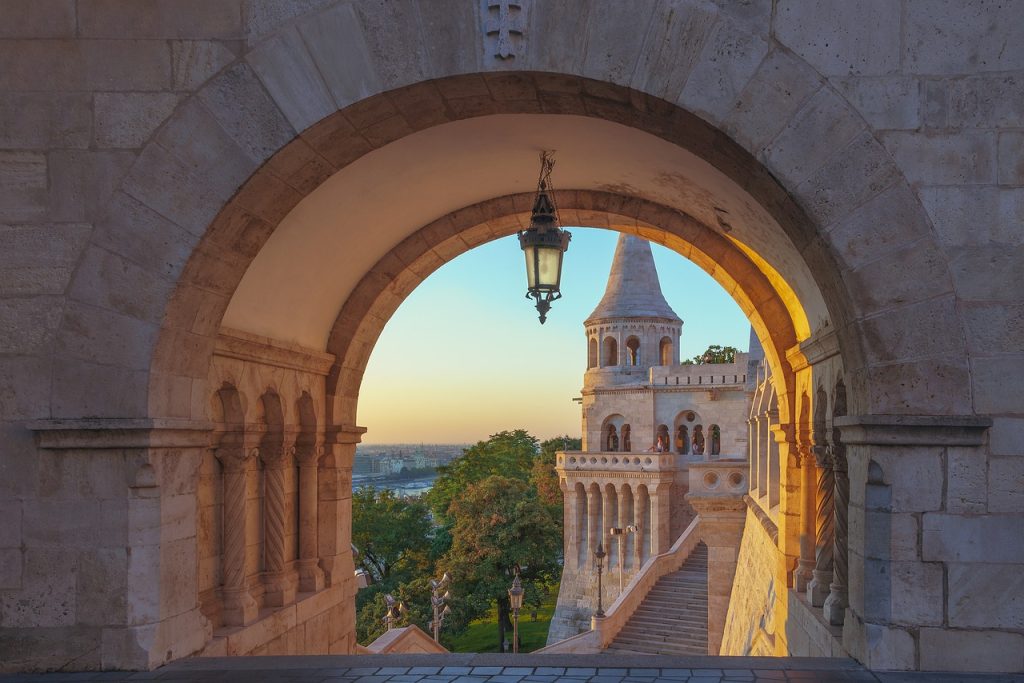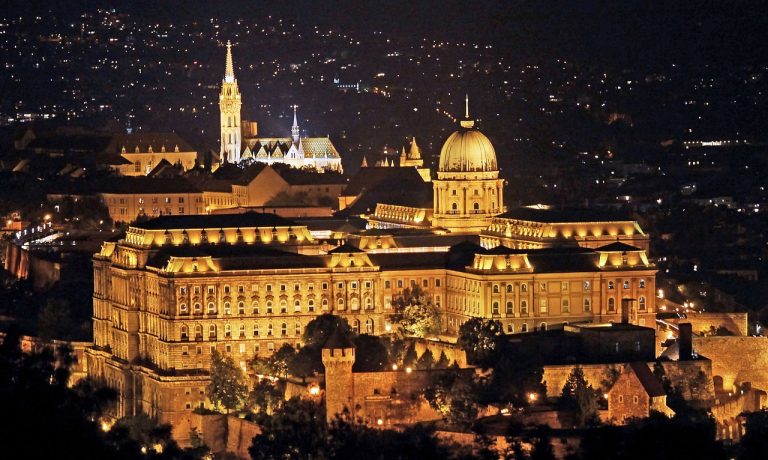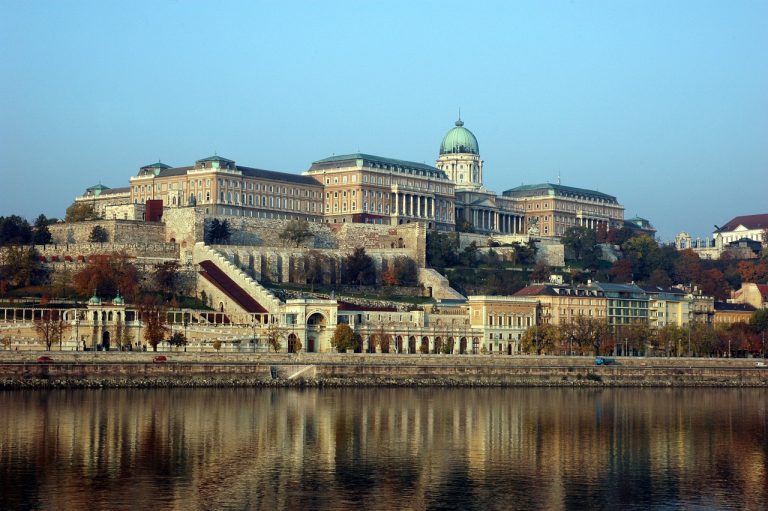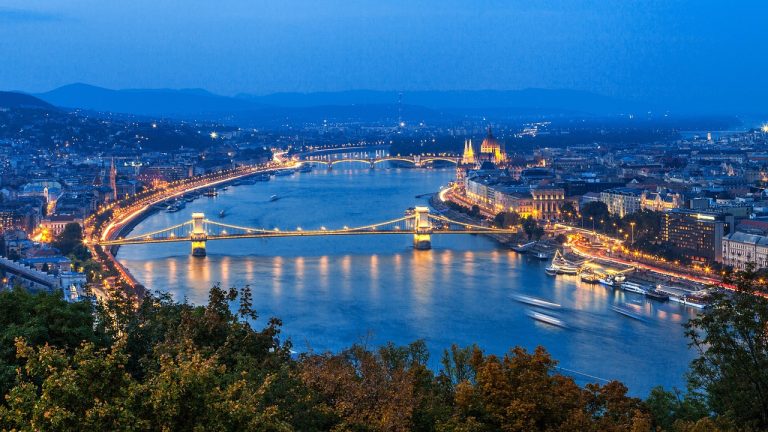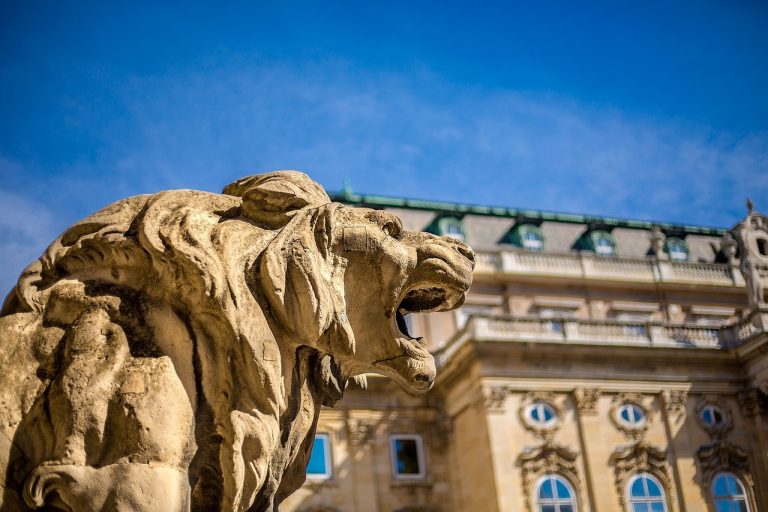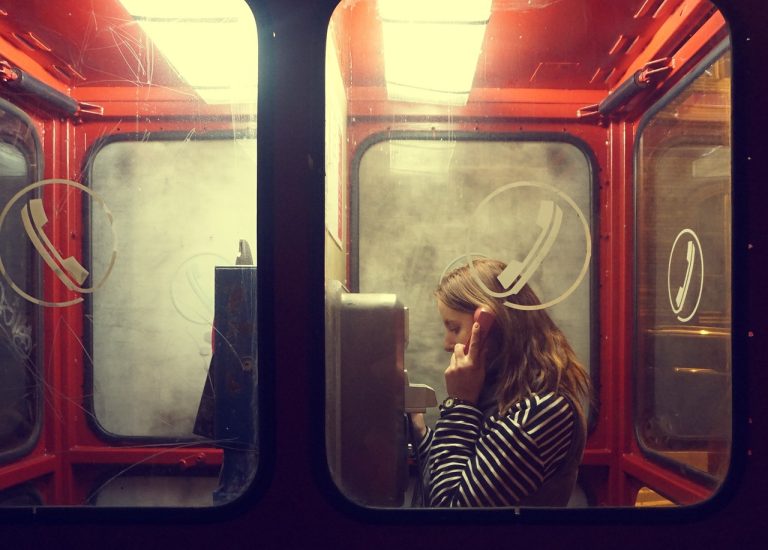Budapest Hungary Video
Budapest Hungary
Budapest, the capital city of Hungary, is a vibrant and historical destination that showcases the cultural evolution of the country. From its architectural marvels to its rich history and thriving arts scene, Budapest offers a unique blend of old-world charm and modern sophistication. Let’s explore the cultural evolution of Budapest through ten sections:
Buda Castle
- Royal Palace: The Royal Palace, also known as Buda Castle, is a majestic complex that dates back to the 13th century. It has been the residence of Hungarian kings and queens throughout history. Today, it houses the Budapest History Museum, the Hungarian National Gallery, and the National Széchenyi Library.
- Funicular Railway: The Buda Castle Funicular Railway is a historic transportation system that connects the banks of the Danube River to Buda Castle. It offers a scenic ride and provides visitors with easy access to the castle.
- Matthias Church: Located within the Buda Castle complex, Matthias Church is a stunning example of Gothic architecture. Its colorful roof tiles and intricate interior make it a must-visit attraction in Budapest.

Chain Bridge
- Iconic Landmark: The Chain Bridge, officially known as Széchenyi Chain Bridge, is one of Budapest’s most iconic landmarks. It was the first permanent bridge to connect Buda and Pest, symbolizing the unification of the two sides of the city.
- Architectural Marvel: Designed by English engineer William Tierney Clark and built by Scottish engineer Adam Clark, the Chain Bridge is an engineering marvel. Its suspension design and lion statues at each end make it a popular tourist attraction.
- Panoramic Views: Walking across the Chain Bridge offers breathtaking panoramic views of the Danube River, Buda Castle, and the Hungarian Parliament Building.
Hungarian Parliament Building
- Gothic Revival Architecture: The Hungarian Parliament Building, an architectural masterpiece, is a prominent symbol of Budapest. Its grandeur and intricate details showcase the Gothic Revival style.
- Largest Building in Hungary: The Hungarian Parliament Building is the largest building in Hungary and the third-largest parliament building in the world. It houses the Hungarian National Assembly and numerous stunning halls and chambers.
- Crown Jewels: The Holy Crown of Hungary and the Hungarian Crown Jewels are displayed in the Hungarian Parliament Building. They represent the country’s historical significance and are guarded by the Hungarian Crown Guard.
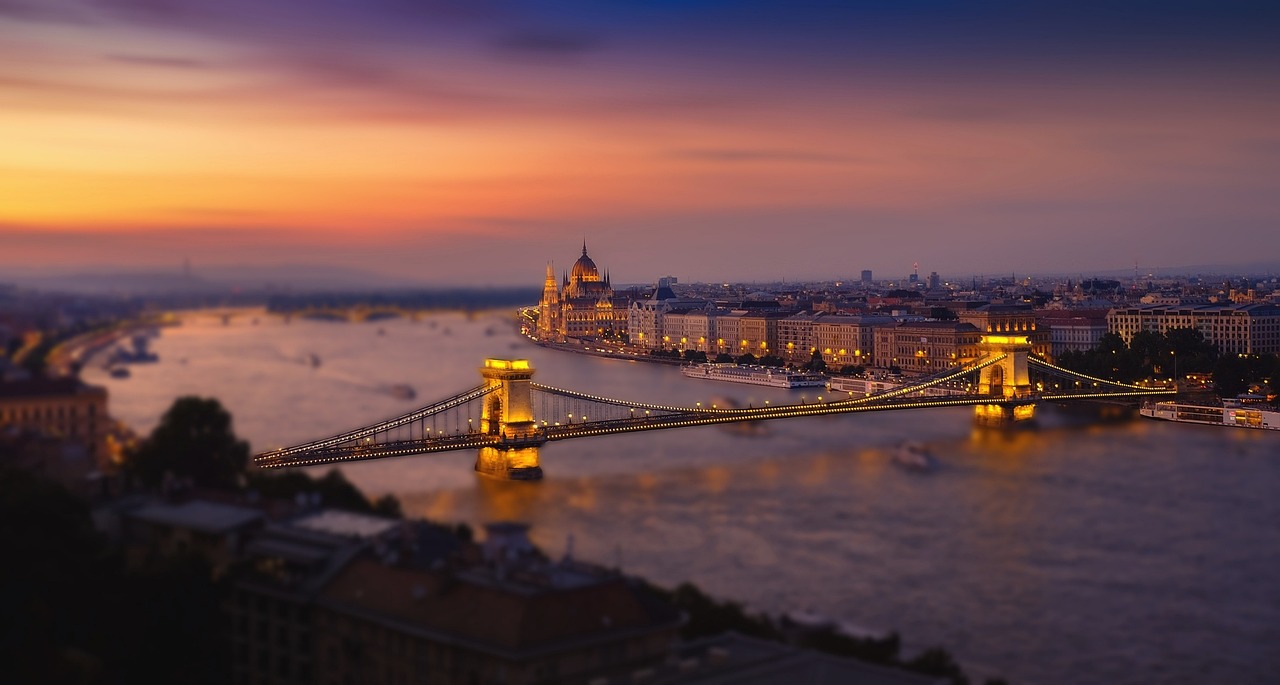
Gellért Baths
- Thermal Baths: The Gellért Baths are one of Budapest’s most famous thermal bath complexes. They offer a relaxing and rejuvenating experience in a stunning Art Nouveau setting.
- Medicinal Properties: The thermal waters of the Gellért Baths are rich in minerals, believed to have various health benefits. Visitors can enjoy thermal pools, saunas, steam rooms, and therapeutic treatments.
- Historical Significance: The Gellért Baths have a rich history dating back to the Ottoman era. They have been an important part of Budapest’s cultural and social life for centuries.
Heroes’ Square
- National Monument: Heroes’ Square, or Hősök tere, is a major square in Budapest that serves as a tribute to Hungary’s national heroes. It features the Millennium Monument, which commemorates the country’s thousand-year history.
- Statues and Columns: The Millennium Monument at Heroes’ Square is adorned with statues representing important figures from Hungarian history. The central column features the Archangel Gabriel holding the Hungarian Holy Crown.
- Museum of Fine Arts: Located on either side of Heroes’ Square are the Museum of Fine Arts and the Hall of Art. These institutions house extensive collections of Hungarian and international art.
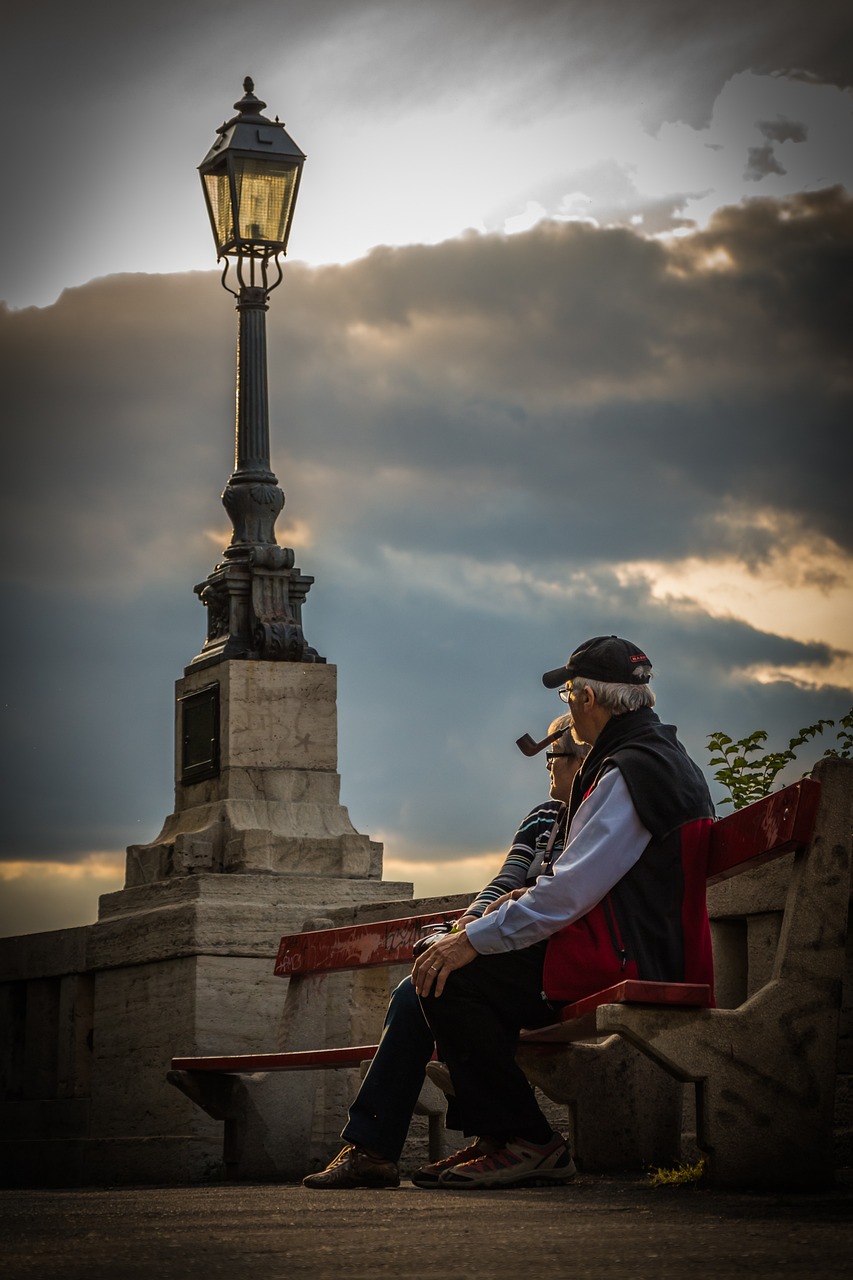
Jewish Quarter
- Synagogues: The Jewish Quarter of Budapest is home to several historic synagogues, including the Dohány Street Synagogue, the largest synagogue in Europe. These synagogues serve as important religious and cultural landmarks.
- Ruins Bars: The Jewish Quarter is also known for its vibrant nightlife scene, particularly its unique “ruin bars.” These bars are located in abandoned buildings and courtyards, creating a bohemian atmosphere.
- Kazinczy Street: Kazinczy Street is the heart of the Jewish Quarter, lined with trendy cafés, restaurants, and street art. It showcases the district’s modern and artistic side.
Andrássy Avenue
- Elegant Boulevard: Andrássy Avenue, a UNESCO World Heritage site, is a grand boulevard in Budapest known for its elegant architecture, luxury boutiques, and cultural institutions.
- Opera House: The Hungarian State Opera House, located on Andrássy Avenue, is a magnificent neo-Renaissance building renowned for its superb acoustics and world-class opera performances.
- House of Terror: The House of Terror, situated on Andrássy Avenue, is a museum that commemorates the victims of Hungary’s fascist and communist regimes. It provides a chilling insight into the country’s dark past.
Margaret Island
- Green Oasis: Margaret Island, located in the middle of the Danube River, is a peaceful green oasis in the heart of Budapest. It offers beautiful gardens, walking paths, and recreational facilities.
- Musical Fountain: The Musical Fountain on Margaret Island is a popular attraction that combines water, light, and music in a mesmerizing display. It provides entertainment for visitors of all ages.
- Thermal Baths: Margaret Island is home to the Palatinus Baths, one of Budapest’s oldest and most beloved thermal bath complexes. It offers a range of indoor and outdoor pools, slides, and wellness services.
Danube Promenade
- Riverside Walk: The Danube Promenade, stretching along the banks of the Danube River, is a scenic walkway that offers stunning views of Budapest’s landmarks, including the Parliament Building and Buda Castle.
- Shoes on the Danube: The Shoes on the Danube Memorial, located on the promenade, serves as a poignant reminder of the Holocaust. It consists of iron shoes representing the Jewish victims who were shot and fell into the river.
- River Cruises: The Danube Promenade is a popular starting point for river cruises, allowing visitors to enjoy Budapest’s beauty from a different perspective. Daytime and evening cruises offer panoramic views of the city’s illuminated skyline.
Conclusion
Budapest, Hungary’s cultural capital, offers a captivating journey through its historical landmarks, architectural wonders, thermal baths, and vibrant neighborhoods. The city’s rich cultural evolution can be experienced through its grand castles, iconic bridges, and diverse districts. Whether exploring the historical sites of Buda Castle and the Hungarian Parliament Building or immersing in the bohemian atmosphere of the Jewish Quarter and ruin bars, Budapest never fails to leave a lasting impression on its visitors.
References
- www.budapest.com
- www.budapestinfo.hu
- www.budapestbylocals.com
- www.budapestflow.com
- www.parlament.hu
- www.budapest.com/museums
- www.gellertbath.com
- www.jewishquarterbudapest.com
- www.opera.hu
- www.margitsziget.hu
- www.danube-promenade.com

